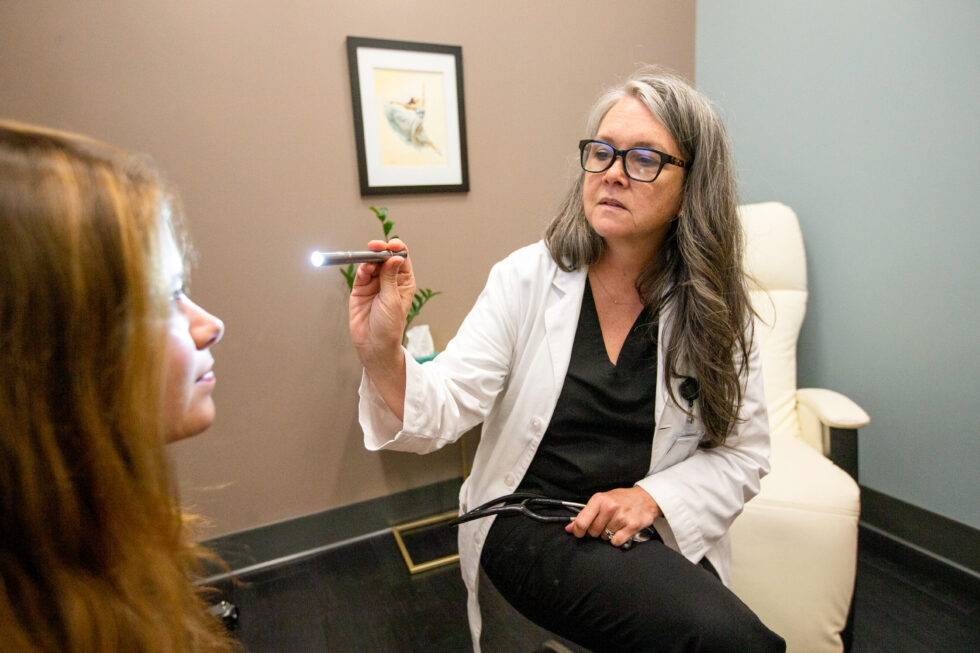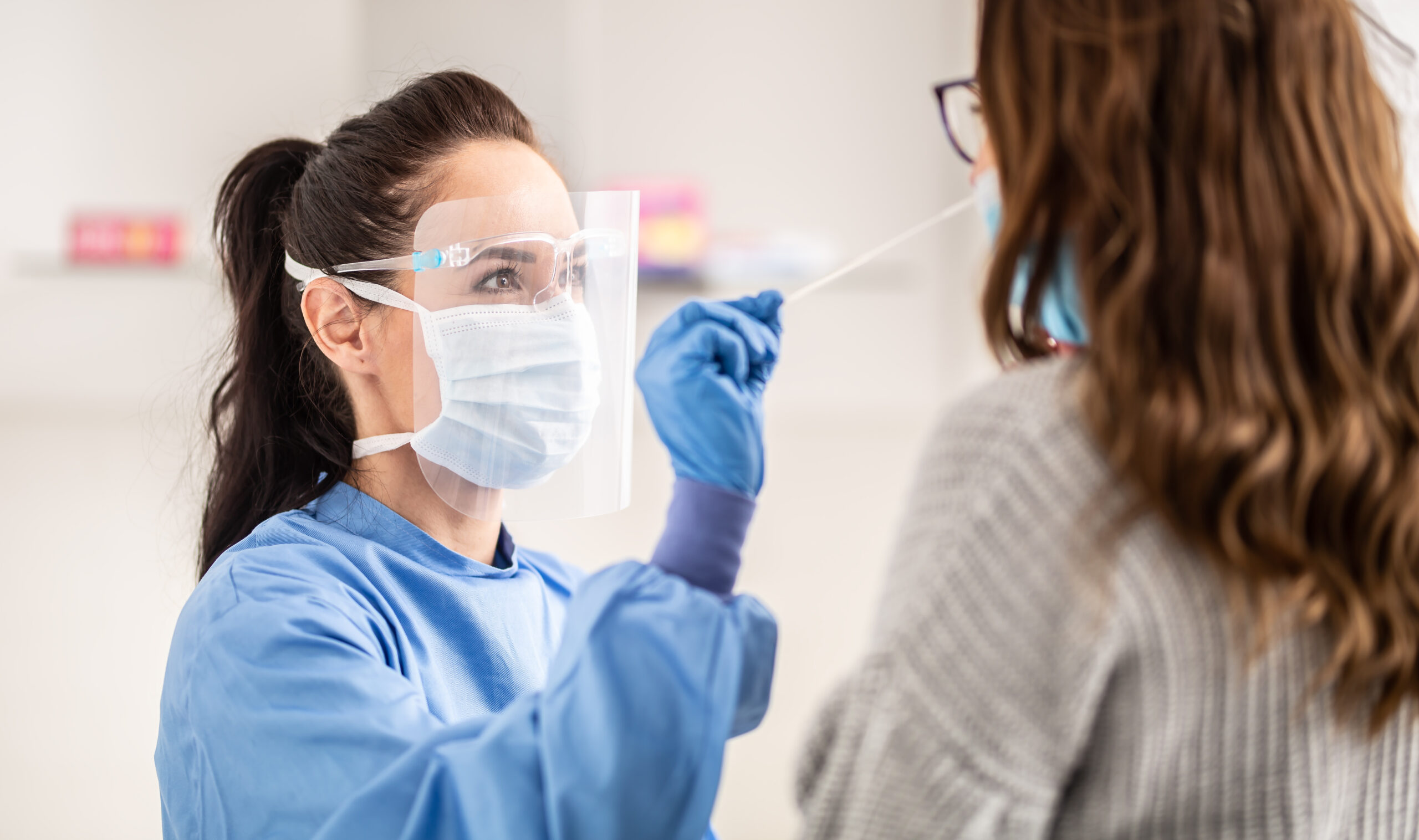As infamous as “New Coke” and as desirable as the plague, Coronavirus is back, and it’s got a new name: BA.2.86. Fortunately (knock on wood), it hasn’t been as successful as its predecessor. However, it does prove the importance of tracking the spread and preparing for anything – and as the first-ever results from ZüpMed’s new study on quantitative viral load data come out this month, we’re learning that the way we report positive test results could change how doctors, patients, and communities respond to pandemics. Here’s our take on how COVID testing could work and the stats to back it up.
How We Test for COVID
It may have been over three years since the coronavirus first reared its head, but the gamot that ran from 8-hour testing waits to the at-home rapid test still manages to remain clear in the rearview. Testing was, and still is, key to saving lives and preventing others from catching the disease, and over the course of the pandemic, the medical community utilized several testing models to slow the curve.
The gold standard of these tests is called the reverse-transcription polymerase chain reaction, or RT-PCR for short. Widely considered the most accurate way to assess the presence of the COVID-19 virus, the RT-PCR test works in just a few – and we’re really stretching the boundaries of this definition here – easy steps.
- Sample Collection: Those long nasal swabs were everyone’s worst nightmare, but unfortunately, they were the best way to collect testable samples. On the other hand, the rumors that they touched your brain were untrue, so there’s that to be thankful for.
- Polymerase Chain Reaction: Here’s where the magic happens. By extracting the RNA – a molecule that allows the cell to copy its DNA and reproduce (or alternatively allows a virus to hijack the cell and replicate itself) –we can artificially copy the swab sample over and over until we have enough samples to determine if a virus is present.
- Cycle Threshold: Depending on the number of times we have to replicate the RNA before we detect the presence of COVID, AKA the cycle threshold, we can determine the viral load that the individual carries in their system, AKA how infected they are. The fewer times we have to replicate the RNA before we detect the virus, the higher the viral load is. The more times we have to replicate it, the lower the viral load is. You get it.
For most of the patients across most of the country, or even the world, the results of these tests were relayed to the testee as either positive or negative. No fuss, no nuance. However, a little concierge medical clinic in East Memphis was cooking up an intentionally different way of communicating these test results…

Here’s What We Were Up To
While the country was scrambling to find answers to slow the spread of coronavirus and heal those who were sick, we were in the same boat. Understanding how mission-critical finding every avenue for success was, Dr. Shannon, Dr. Lloyd, and our team took charge of testing whether the way RT-PCR results were communicated to patients impacted their responses to their diagnosis.
The Study
In a Memphis-based study titled “Clinical Significance of Quantitative Viral Load in Patients Positive for SARS-CoV-2,” our team gathered the data of local, COVID-positive patients between July 2021 and February 2022 – covering, in part, the peak of the Omicron variant.
Like every positive patient in the U.S., we advised these individuals on how to protect themselves and others (quarantine, wear a mask, etc.). Unlike every positive patient in the U.S., we also let them in on their personal cycle threshold data, giving them insight into – you guessed it – exactly how infected they were.
The Results
We hypothesized that patients who knew and understood their cycle threshold would be more likely to follow the prescribed guidelines. And the results proved us right.
Using a self-reported survey, the patients involved in our study were asked a series of questions about their behavioral response to their diagnosis and cycle threshold. In fact, over 70% of participants stated that their behavior was either somewhat or strongly influenced by their cycle threshold data. Did you hear that, CDC?
The Impact
Although it would be necessary to explore this hypothesis further to really solidify our findings, the potential for benefit cannot be underestimated. If we could imagine a world where 100% of patients were made aware of their cycle threshold and viral load data and 70% of patients used this information to follow medical advice and prevent the spread of disease, we’re looking at a much safer world overall. Given these numbers, we could also explore more personalized treatment guidelines following a positive COVID test, like shorter quarantine times for those with lower viral loads or even fewer social and economic disruptions in the grand scheme of things.
And while we focused our study on COVID, the implications are potentially much farther reaching than just future strains of the coronavirus. It comes down to a simple truth: some people are more contagious than others. Many other infectious diseases, from the common cold to the flu, use similar tests, and the way we report these positive results could impact the way we care for ourselves and our communities, no matter the virus.
We’re dreamers, we know. But that’s what allows us to explore the frontiers of healthcare and provide you with the best care possible.

ZüpMed: Intentionally Different & Backed by the Stats
While it’s true that we need more testing before we call Dr. Fauci, one thing is clear: ZüpMed is dedicated to breaking the mold when necessary to provide our patients with cutting-edge medical care that gets the job done. And if you’re not a patient yet, what’s holding you back? Call us to learn more today.
 Schedule Now
Schedule Now

